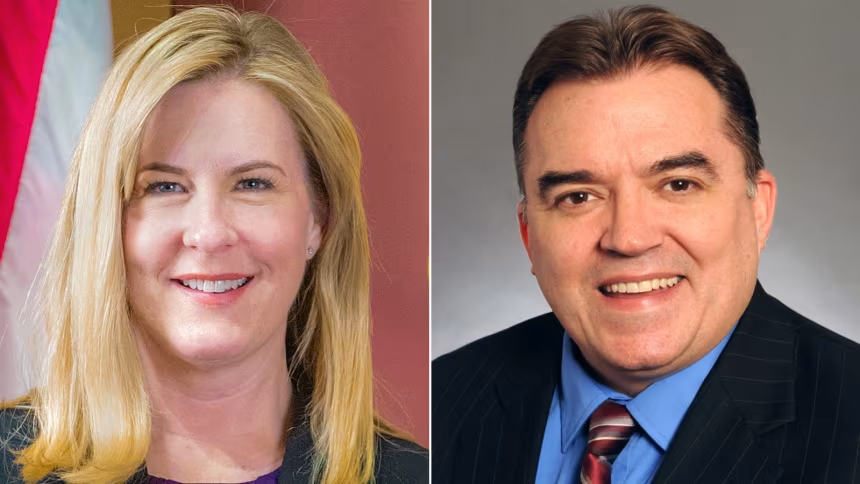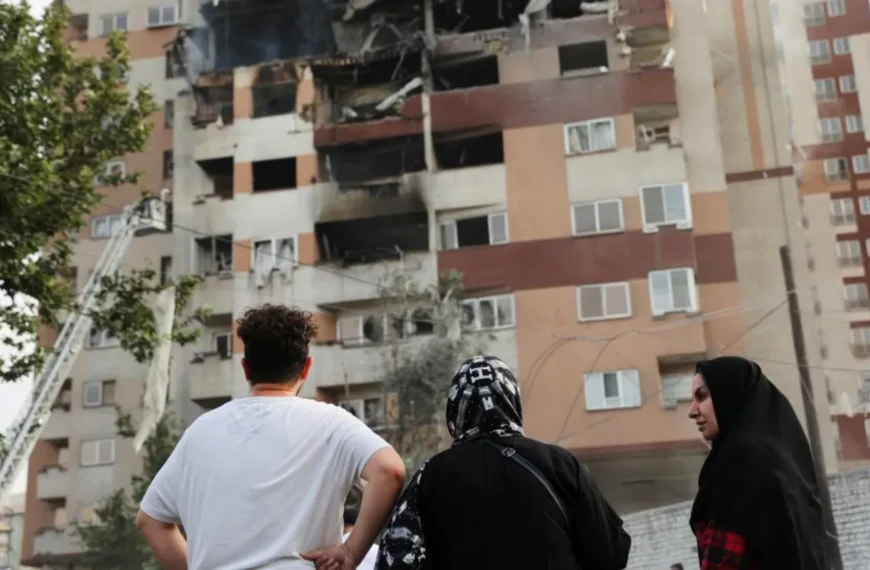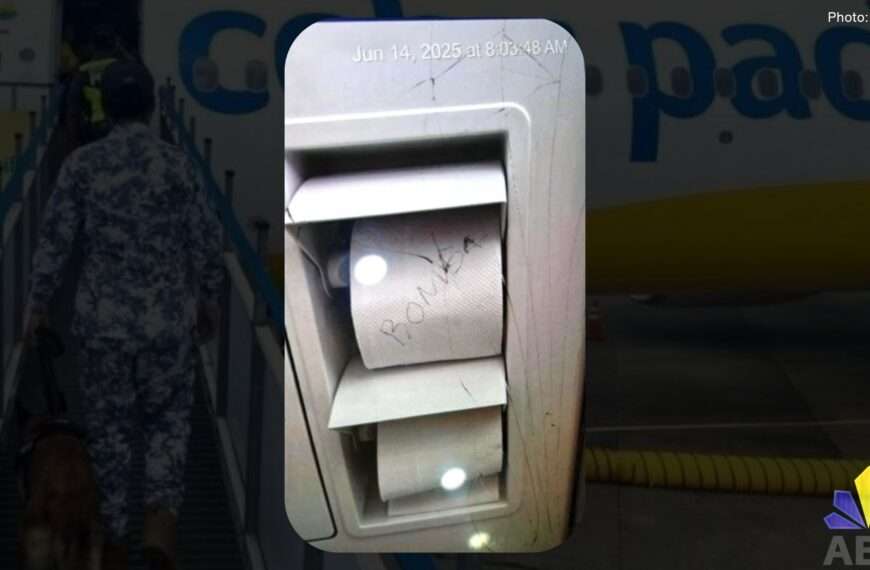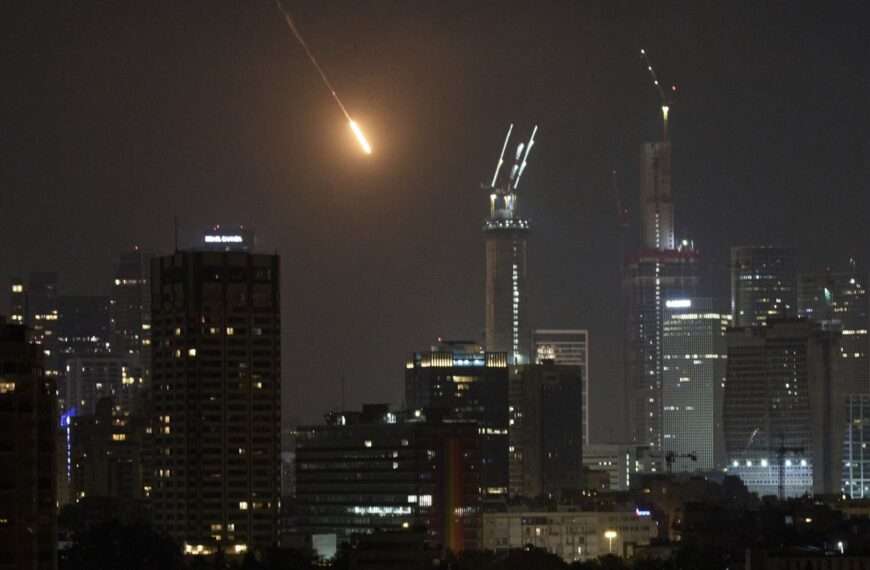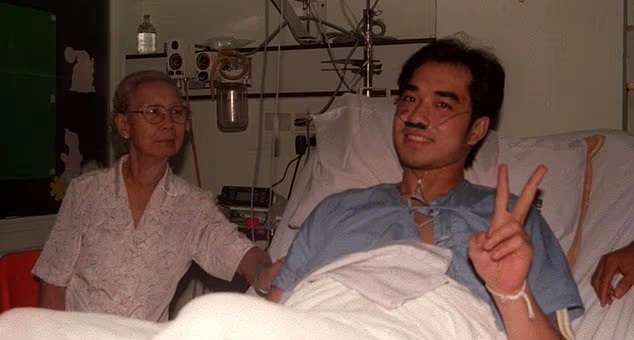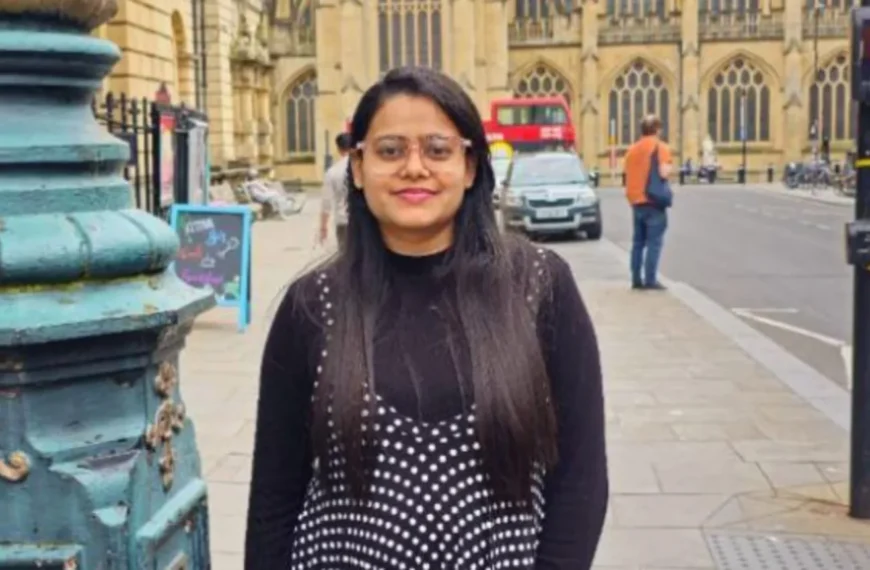EDSA Rehabilitation: Manila Prepares for Major Overhaul of Its Busiest Thoroughfare
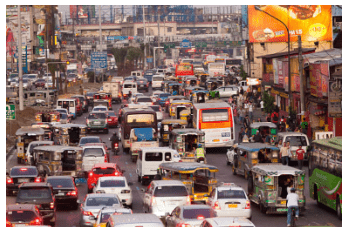
MANILA, Philippines — Metro Manila is on the cusp of a transformative, yet likely disruptive, infrastructure project: an 8.7-billion-peso (approximately $148 million) rehabilitation of Epifanio de los Santos Avenue, or EDSA. Slated to commence on June 13th, with preparatory work that evening and full-scale construction a week later, this marks the first comprehensive overhaul of the vital highway since the 1980s. While EDSA itself won’t be fully closed, its capacity will be significantly constricted due to the duration and scale of the work, which is expected to conclude by 2027.
The ambitious initiative, spearheaded by the Department of Transportation (DoTr) and the Department of Public Works and Highways (DPWH), aims to transform the entire stretch of EDSA into a more pedestrian and commuter-friendly thoroughfare. This involves a complete structural revamp, replacing the existing pavement with new concrete and a thick asphalt running surface.
“We will rebuild EDSA,” Transportation Secretary Vivencio B. Dizon declared at a recent briefing. “This project… will rehabilitate the full stretch of EDSA and make it a green and walkable highway. We need to change the entire concrete structure.”
Public Works Secretary Manuel M. Bonoan detailed the technical aspects, stating that 200 kilometers of lanes, encompassing both northbound and southbound sections, will undergo rehabilitation. Multiple contractors will work simultaneously, with construction proceeding lane by lane, requiring temporary closures.
A significant driver for the project’s timeline and prioritization is the Philippines’ anticipated hosting of the Association of Southeast Asian Nations (ASEAN) Summit in 2026. With the summit expected to be held south of Metro Manila, the sections of EDSA in Pasay and Guadalupe will be given precedence. Construction will be paused during summit periods to minimize disruption. While the southbound portion is a priority, officials anticipate that both northbound and southbound lanes will see reconstruction extending into 2026. Areas further north, such as EDSA in Caloocan City, are not expected to be impacted by ASEAN-related activity.
One of the primary concerns for commuters is the impact on the EDSA Bus Lane, a crucial transit link for nearly 200,000 daily passengers. Officials have assured the public that bus operations will continue uninterrupted. The innermost lane, currently dedicated to buses, will be prioritized for rehabilitation, with the bus lane temporarily shifting to an adjacent lane and dipping into stops for passenger pick-up and drop-off. It will maintain its exclusivity even during this temporary relocation. The DoTr also plans to add 100 more buses to the EDSA Busway system and increase the number of operational trains on the MRT-3 to encourage public transport use.
To mitigate the anticipated “carmageddon” during the rehabilitation, the Metropolitan Manila Development Authority (MMDA) will implement a 24-hour odd-even traffic scheme on EDSA, starting with a one-week dry run on June 16th where violators will be issued notices but not fined. Under this policy, private vehicles will be restricted based on their license plate or conduction sticker’s last digit:
- Plates or Conduction Sticker ending 1 / 3 / 5 / 7 / 9 – Banned on Monday, Wednesday, Friday
- Plates or Conduction Sticker ending 2 / 4 / 6 / 8 / 0 – Banned on Tuesday, Thursday, Saturday
This odd-even scheme will apply exclusively to EDSA to discourage motorists from using the road while work is in progress. The current number coding scheme will remain in effect on other roads. Fortunately, electric vehicles (EVs), hybrid electric vehicles (HEVs), and plug-in hybrid electric vehicles (PHEVs) will be exempted from the odd-even scheme. Transport Network Vehicle Services (TNVS) are also exempted. Furthermore, provincial buses and trucks will be prohibited from using EDSA from 5 a.m. to 10 p.m. daily.
To further ease congestion, San Miguel Corporation (SMC) has agreed to waive toll fees for some segments of the Skyway Stage 3, an elevated alternative route. The Department of Transportation released a statement underscoring this intervention:
“The Department of Transportation (DOTr) and the Toll Regulatory Board (TRB) are working closely together to identify viable measures that will mitigate the projected revenue loss of San Miguel Corporation (SMC) due to the planned toll holiday in select segments of Skyway Stage 3, during the construction works for the EDSA Rebuild project.
“In line with the President’s directive to lessen the effects of the EDSA Rebuild Project to commuters and motorists, DOTr has earlier announced that motorists will soon be able to enjoy passing through some parts of the Skyway Stage 3 for free, to help decongest EDSA during the rebuild works.
“We understand that this temporary arrangement might result in loss of income to SMC, the operator of Skyway. In response, the DOTr and TRB are exploring options to grant SMC some reprieve, including possible extension of their concession agreement with the government.
“The DOTr looks forward to this bayanihan opportunity with the private sector, to somehow ease the burden of motorists and passengers while we are continuously making EDSA better, safer and more convenient for everyone.”
The government is considering factoring the Skyway 3 toll holiday into their construction budget to subsidize it for motorists. Beyond the critical road repairs, the project also aims to enhance pedestrian lanes and improve drainage systems, addressing long-standing infrastructure deficiencies. EDSA, which sees approximately 437,000 vehicles daily, has long been recognized as having outlived its original design capacity, a relic of its origins as “Highway 54” in 1939. This extensive rehabilitation represents a significant effort to modernize a crucial piece of Manila’s urban fabric, even if it promises considerable traffic challenges in the months and years to come.





![[EXCLUSIVE] Huge fire reported at Ricoa building in Mandaluyong, EDSA](https://asiabiznetwork.com/wp-content/uploads/2025/06/5-870x570.png)

